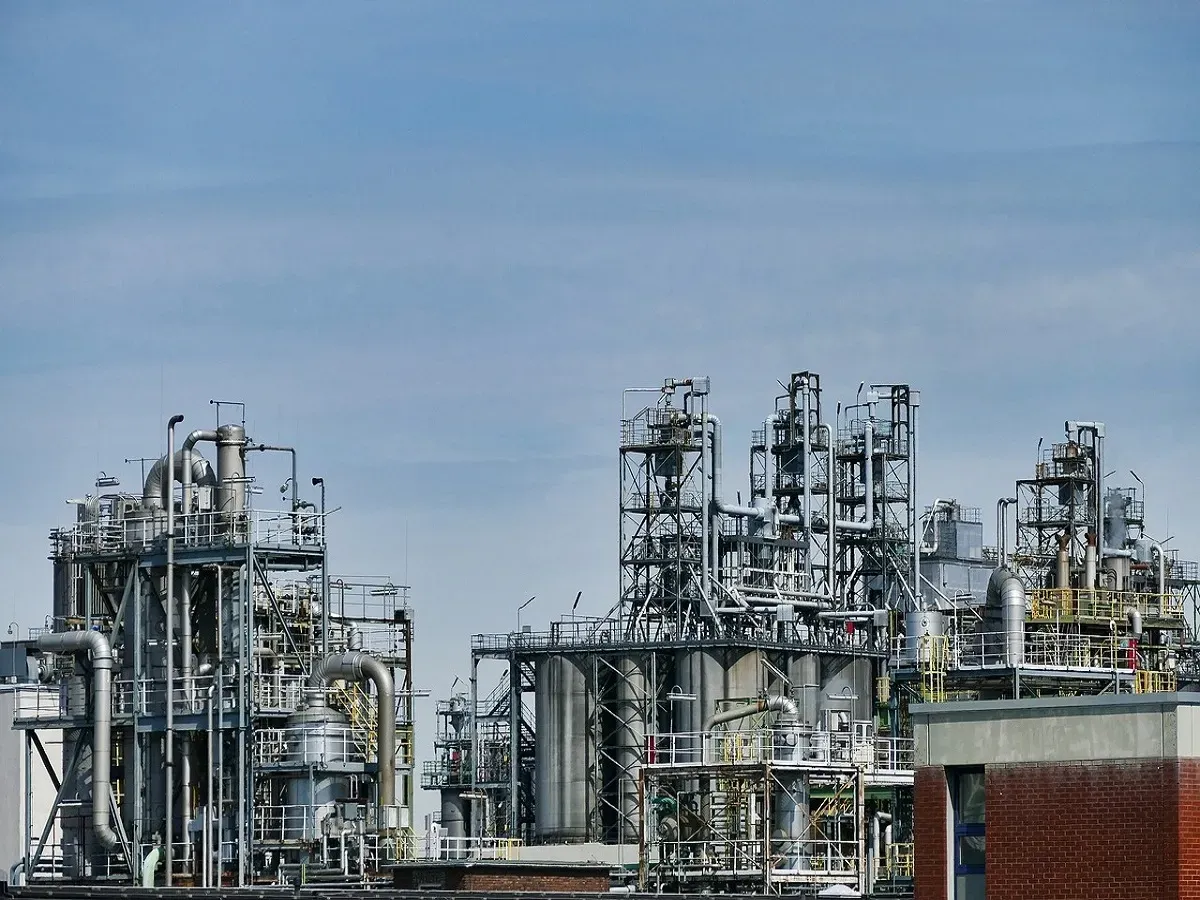Market News
Crude oil prices: Brent, WTI close to six-week low amid Chinese demand concern; OPEC+ to meet this week
.png)
2 min read | Updated on July 29, 2024, 08:57 IST
SUMMARY
After declining by 1.5% on Friday, crude rates remained flat in early trade on Monday. Brent futures were priced at $81.23 a barrel at 0245 hours GMT, up 0.1%, whereas the WTI was trading 0.03% lower at $77.14 per barrel.

The meeting of the Organization of the Petroleum Exporting Countries and its allies (OPEC+) is scheduled on Thursday, August 1
Crude oil prices remained close to a six-week low in the early trading hours on Monday, July 29, as the commodity market remains concerned over the dwindling demand from China.
The rates remained nearly flat, with the futures of global crude benchmark Brent trading at $81.23 a barrel at 0245 hours GMT, up 0.1% as against the last closing price.
The U.S. West Texas Intermediate was in the red, with it futures trading 0.03% lower at $77.14 per barrel.
The prices had dropped by around 1.5% during the last trading session on Friday, bringing oil to nearly a six-week low. The decline was linked to the data released last week which showed oil imports to China dropping by 11% in the first half of 2024.
The data assumes significance as China, being the world's biggest oil importer, has an impact on the global crude prices through its domestic demand.
Key triggers this week
In the week ahead, the meeting of the Organization of the Petroleum Exporting Countries and its allies (OPEC+) on Thursday, August 1, is expected to influence the crude prices.
A decision to relax or tighten the global output by the cartel would be awaited by the commodity market. In its last meeting held in June, the OPEC+ had decided to extend its voluntary production cuts till 2025.
A day before the OPEC+ meeting, the US Federal Reserve is also scheduled to announce its decision on interest rates. While the rates are expecting to remain steady, the monetary body is expected to indicate the initiation of the rate cut cycle from September, analysts said.
The optimism around rate cuts is expected to lift crude prices, as more liquidity into the US economy -- the world's largest oil consumer -- would improve the demand.
About The Author
Next Story

